Garden Travel-Hestercombe Gardens
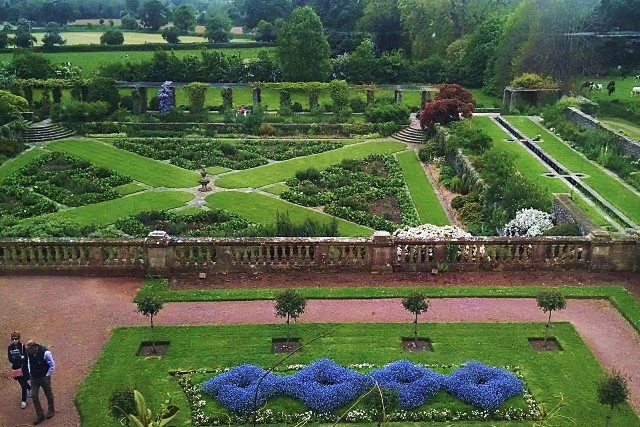
Garden Travel-Hestercombe Gardens November 10th, 2016
Sommerset Gardens at Hestercombe
While Hestercombe estate was built in 11th century,the garden is first referenced as early as the 13th century.
Over 50 acres of land- beautiful gardens but also long walking/strolling trails. The garden demonstrates over 3 centuries of garden design examples in one estate:
- Georgian Landscape Garden (18th century)
- Victorian Terrace/Shrubbery (late 19th century)
- Edwardian Formal Garden ( early 20th century)
- Prime example of Gertrude Jekyll and Edwin Lutyen work
- All the refurbishment over the last 20 years focusing on only replanting what was there in the original designs
Georgian Landscape
Documents show that plans for a garden were commissioned in 1718. Georgian garden style is more park-like given to meandering paths connecting small “plazas” decorated with temples, statues, rustic ruins and especially panoramic views and always with cascades and lakes.
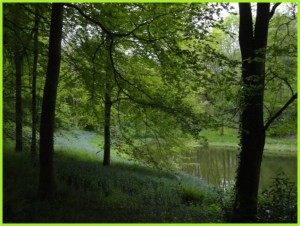
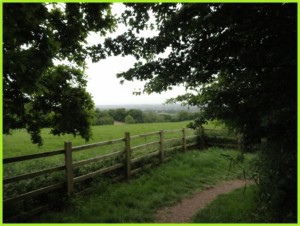
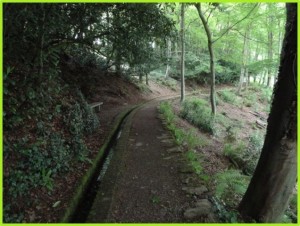
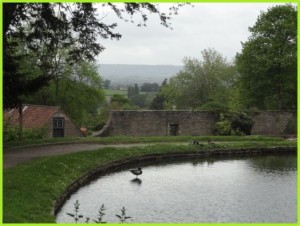
Great Cascade is the dramatic centerpiece of the Georgian landscape
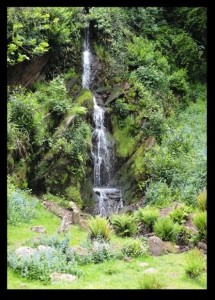
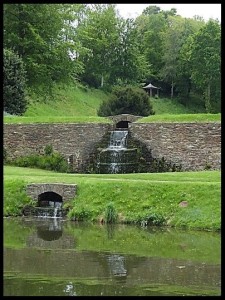
Victorian Landscape
Plant collecting became all the rage in the mid 1800’s. The Victorian style brought in more formal gardens with tall hedges and parterres to show off the exotic specimens from all over the world.
A Victorian formal parterre was added near the house by Henry Hall in the 1870s.
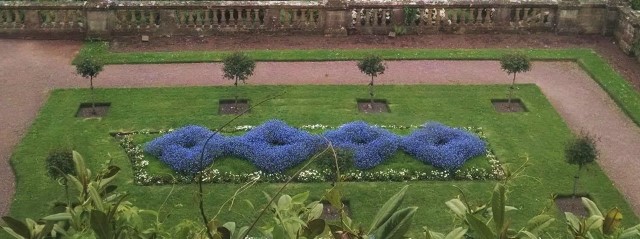
The Victorian Terrace was added in the late 19th century with the tall hedges and specimen plants.
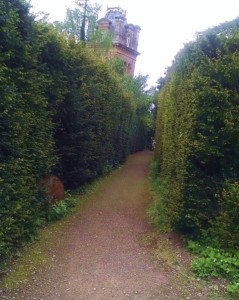
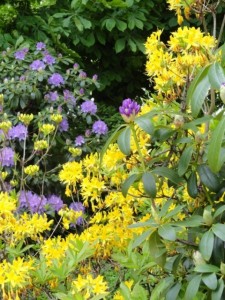
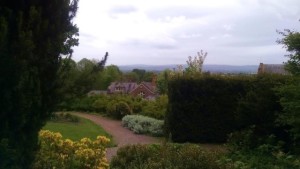
Dutch Garden/Orangery
The eastern court is laid out as a Dutch garden which demonstrates an efficient use of space using perennial plants laid out in a parterre format. Large strap leafed plants such as Yucca are used as vertical elements along with focal point urns and then creating borders and groups of plants of similar natures such as with grey foliage and purple flowers ( ie Lavanders, Catmint, Lavander Cotton and Lambs ear etc – packing a lot of power in a small space without much need to replace seasonally to continue the impact.
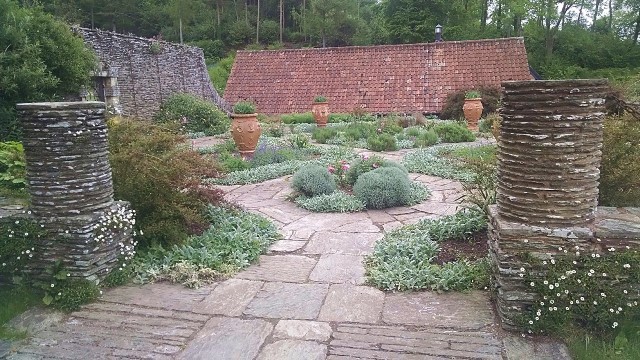
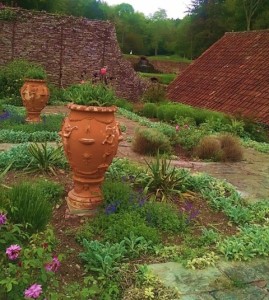
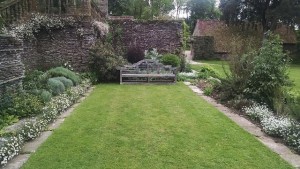
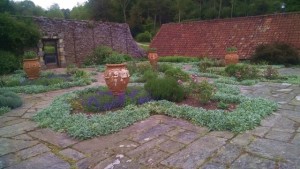
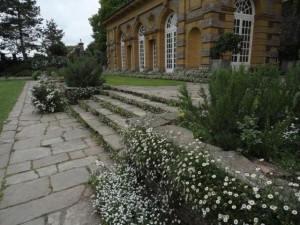
Edwardian Formal Garden
The formal Edwardian garden was laid out by Gertrude Jekyll and Edwin Lutyens between 1904 and 1906 resulting in a garden “remarkable for the bold, concise pattern of its layout, and for the minute attention to detail everywhere to be seen in the variety and imaginative handling of contrasting materials, whether cobble, tile, flint, or thinly coursed local stone“. Jekyll known for painting the landscape in plants with hardy perennial beds using color and texture.

Much of center is roses which were not yet in bloom.
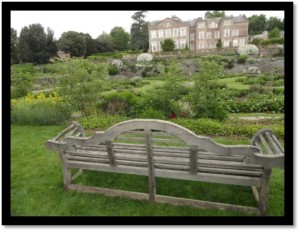
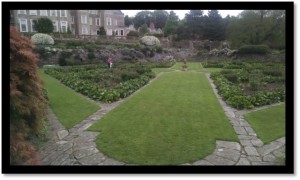
The pergola along the far end of the garden was dreamily draped with clematis and Wisteria
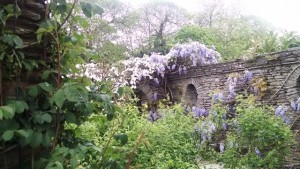
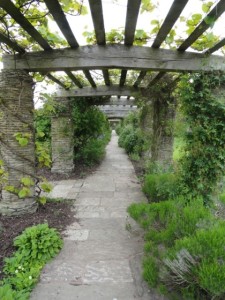
Intriguingly the walls of the walls of the garden were planted beautifully with several perennials and small ground cover shrubbery giving a soft lush feel to the hardscape.
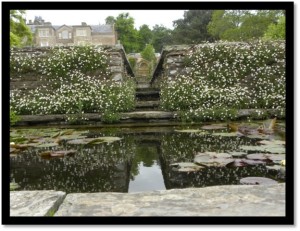
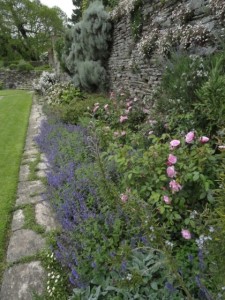
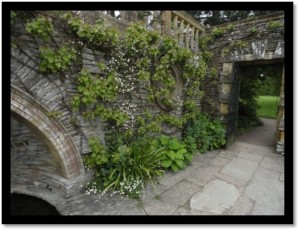
0 Comment





